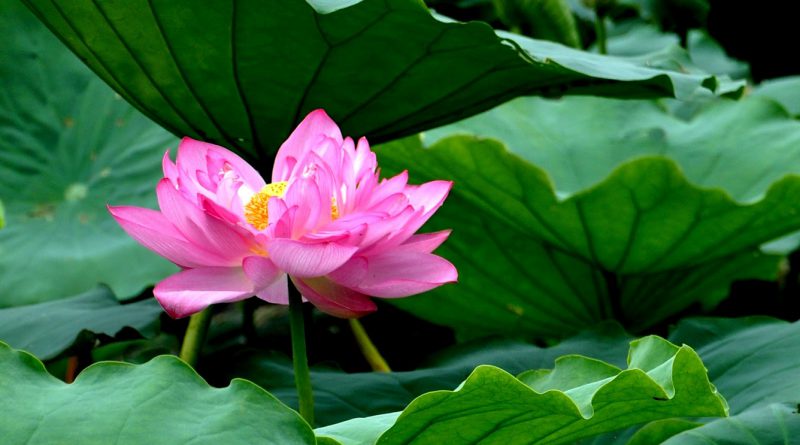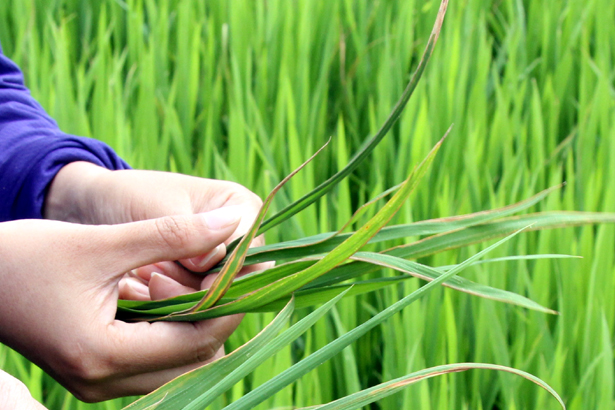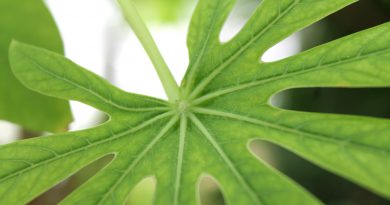Investigation results of production state and consumption market of lotus products in Vietnam northern provinces
Hoang Thi Nga1, La Tuan Nghia1, Nguyen Thi Ngoc Hue2; Nguyen Thi Thuy Hang1, Le Van Tu1, Tran Thi Anh Nguyet1, Nguyen Phung Ha1, Nguyen Thi Hoa1, Truong Thi Hoa1.
Investigation results of 60 holdhouses at 23 communes and towns in Bac Giang, Bac Ninh, Ha Nam, Ha Noi, Hai Duong and Hung Yen provinces were showed there were 21 lotus varieties cultivating in totals area 356 hectars. In local people opinion, the lotus variety name is called as their geographical origin (Tay Ho lotus) or agromorphological traits as petal color (Hong lotus, Trang lotus), color of seedpod surface (Bat xanh lotus, Bat tia lotus) and top-surface of seedpod (Mat bang lotus) or seed shape (long seed Lai, round seed De or Trau lotus) and Co lotus. Furthermore, there is a big range of harvest, processing and usage of lotus in every local. The fresh eating seedpod is majority harvested in Bac Giang, Bac Ninh, Hung Yen provinces. The fresh seed for cooking is almostly harvested in Ba Vi-Hanoi, Hai Duong and Hung Yen. Mature seed is harvested in Ha Nam, Hai Duong, Hung Yen provinces. Specially, Tay Ho lotus is used for lotus tea. There are 21 various lotus products in the market, including mature seed, fresh eating seed, lotus tea, lotus flowers, rhizome, tuber, etc. After 8 various stages in both handcraft and machine, mature seed is proccessed in to dried and coat removed one in just Hung Yen province. Althought, lotus is little harmed by insects and environmental stress, and is a easy consumed, stable priced and economic valued product. But factors of labor source, seedling, processing technology are contraint to unstablable development of lotus. Therefore, investment of seedling breeding and selection, processing technology and study of export market in lotus are reality needed.



